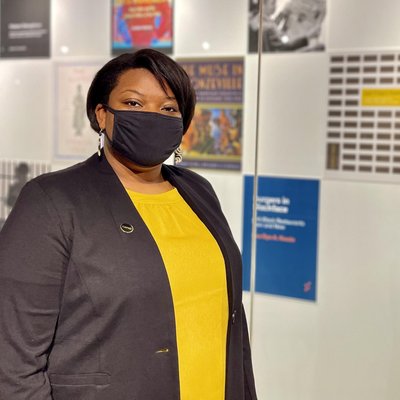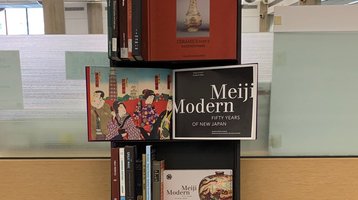How the Black Metropolis Research Consortium is transforming the field of African American history
Exhibition showcases UChicago-based organization documenting Black life and fostering the next generation of researchers
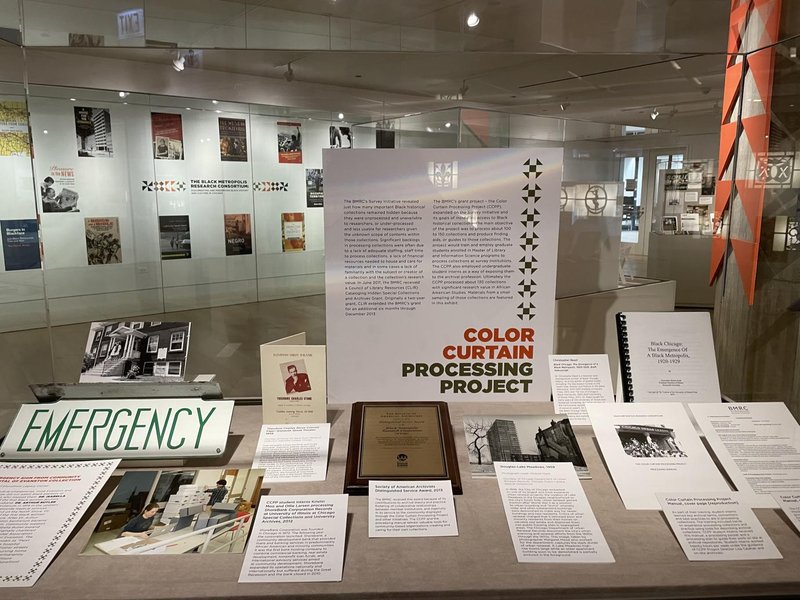
Holding a piece of living history can be a rush. A single letter can reveal a new facet of a historical figure; a photograph can pinpoint a transformative moment in time. For those interested in Black history—a field not always prioritized in traditional historic preservation—these materials can prove even more crucial to understanding the past.
Connecting researchers to primary sources related to African American history and culture is the mission of the Black Metropolis Research Consortium (BMRC). Founded at the University of Chicago, the BMRC is an association of Chicago-based libraries, universities, museums, community/arts organizations, and other archival institutions.
“Primary sources are the building blocks of scholarship,” said Marcia Walker-McWilliams, PhD‘12, executive director of the consortium. “They shed light on what people were doing in a particular moment, how they were living, how they were relating to one another, and the ways in which they situated themselves within their environment.”
Walker-McWilliams served as curator for a recent exhibition at The Hanna Holborn Gray Special Collections Research Center, which traces the history of the BMRC and celebrates 15 years of documenting Black life.
Origins of the BMRC
In the early 2000s, a number of UChicago faculty members reported a common problem: a wealth of materials related to their scholarship were scattered across Chicago, however it wasn’t clear where they were or how to access them.
Led by Danielle Allen, former UChicago professor and dean of the Division of Humanities, scholars and archivists launched a series of initiatives aimed at tracking down materials related to African American history and increasing accessibility.
These efforts led to the establishment of the Black Metropolis Research Consortium, officially launched in 2006. The name “Black Metropolis” came from the title of a book written by UChicago sociologists St. Clair Drake and Horace R. Cayton, in which they paint a portrait of Black life in Chicago during the early 20th century—from the Great Migration, to housing segregation, to a thriving arts movement.
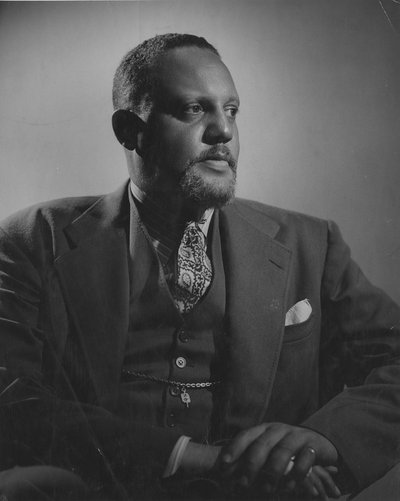
In the spirit of their namesake, BMRC staff initiated a large-scale survey to locate and assess collections that shone light on Black experiences in Chicago. Though the consortium is based at UChicago, the BMRC is made up of over 20 member institutions in the city, including the Chicago History Museum, Columbia College Chicago and the Chicago Public Library.
Although the survey revealed a treasure trove of previously unknown historical material, many collections weren’t processed or accessible to the public. The BMRC employed several graduate students to create finding aids, which allowed prospective researchers to broadly search the contents of each collection.
Fifteen years‚ many boxes and metadata fields later—a single portal allows researchers to search across collections housed in all member institutions.
Connecting researchers to collections
After the herculean effort of finding these collections, BMRC staff wanted to make sure people used them. In 2009, the organization launched a summer fellowship program, which invites scholars, artists, writers and public historians to conduct original research in Chicago.
For a month each summer, fellows receive support to come together in Chicago to connect with archivists at member institutions and each other.
“My experience as a BMRC fellow was invaluable,” said Ayesha Hardison, a professor at the University of Kansas. “It gave me an opportunity to experience the geography and cultural institutions many of the writers I study depict in their fiction.”
Hardison studies Black literature of the 1940s and 50s—writers like Richard Wright and Gwendolyn Brooks. She’s most interested in how Black authors, particularly women, wrote about their experiences under “Jane Crow”—a period of racial segregation with additional layers of gender and sex discrimination.
During her summer fellowship, Hardison connected with archivists at the Chicago Public Library’s Vivian G. Harsh Collection, one of the largest repositories of Black history in the city.
While digging into the collection, Hardison came across a writer she’d never heard of: Era Bell Thompson. A journalist who eventually wrote for Ebony magazine, Thompson penned an autobiography about growing up in North Dakota—a place where she was often the only
Black child.
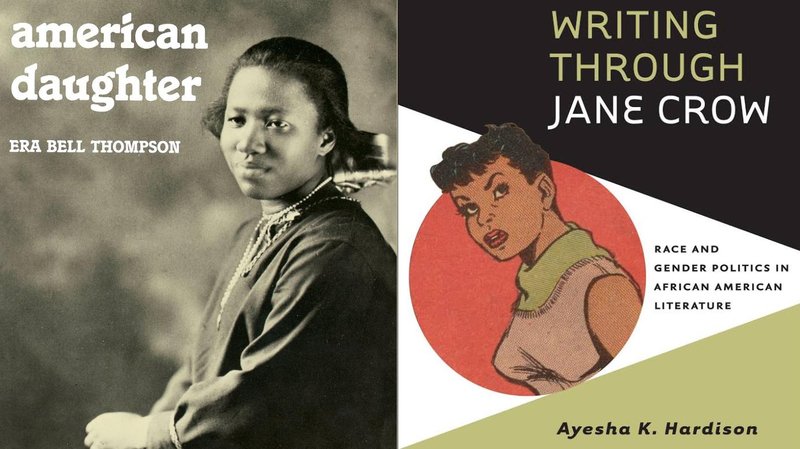
Thompson’s work, including her editorial notes found in the Harsh Collection, brought new depth to Hardison’s research. Her culminating book, Writing through Jane Crow: Race and Gender Politics in African American Literature, features Thompson. “My book would not be the same without the time I spent there,” Hardison said.
There are over 100 former fellows of the program, many of whom have gone on to create art, exhibitions, films and more. The back wall of the exhibition features covers of the 25 books published by former fellows as a result of their time spent in Chicago. The books’ topics range from the Black Power Movement, to the history of Black publishing, to trends in African American consumerism.
Gesturing to the wall, Walker-McWilliams said proudly: “We’re having a real impact on the field.”
The next generation
Today, the BMRC is looking ahead to the future of the field. In 2016, they established the Archie Motley Internship Program—named for the beloved Chicago archivist and son of jazz age artist Archibald Motley.
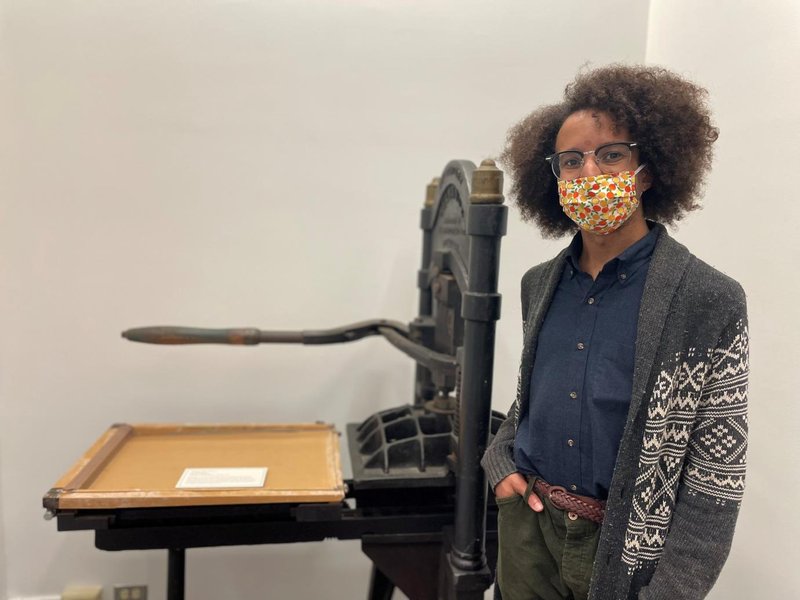
The program creates opportunities for students of color to get hands-on experience in cultural heritage preservation. Interns are given a stipend, placed at a member institution and paired with mentors in the field.
Since its inception the program has hosted 15 interns, including DePaul graduate Jordan Wright (he/they). During the summer of 2021, Wright worked at the Chicago History Museum inputting valuable metadata for the Raeburn Flerlage Collection.
Flerlage was a photographer who spent the 1960s in South and West side clubs, snapping candid shots of legendary blues, jazz and folk musicians in their heyday. Wright spent summer days hunting down long-shuttered venues and obscure acts that were, like many elements of Black history, not well-documented.
“It felt very inspiring to figure out where some of these places were, when the events were, who was there…to be able to flesh out this history of Black social life in Chicago,” Wright said.
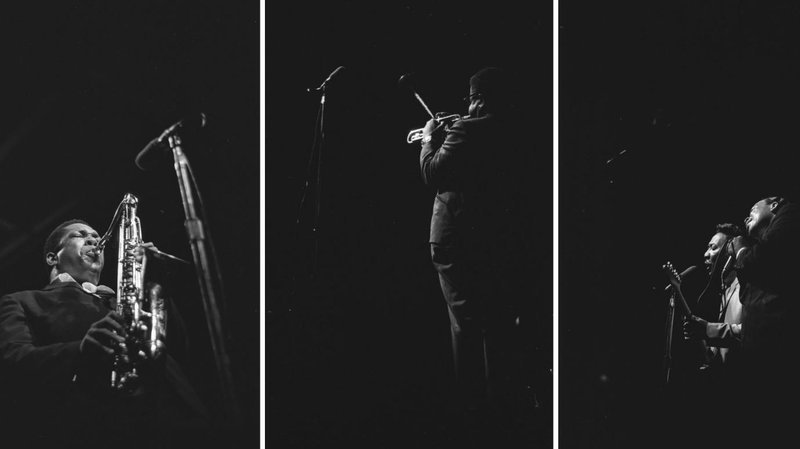
One of his favorite events to document was the Down Beat Jazz Festival—held at Soldier Field in 1965. Wright was struck by the names they were inputting: Muddy Waters, John Coltrane, Dizzy Gillespie. “It’s interesting seeing, on the same day even, some of the old blues figures at the twilight of their lives and these very young people who are controversial for doing some weird stuff with jazz,” Wright said.
For Wright, the internship cemented his desire to continue on in libraries and archives. Today they work at the University of Chicago as a reader services staff member in the Special Collections Research Center. Wright is also considering applying for a Master's in Library Information Science, a degree needed by most librarians and archivists. “There’s so much more work that needs to be done,” Wright said.
Visit the exhibition on the first floor of the Regenstein Library until Sept. 2 or anytime on the University of Chicago Library website.
